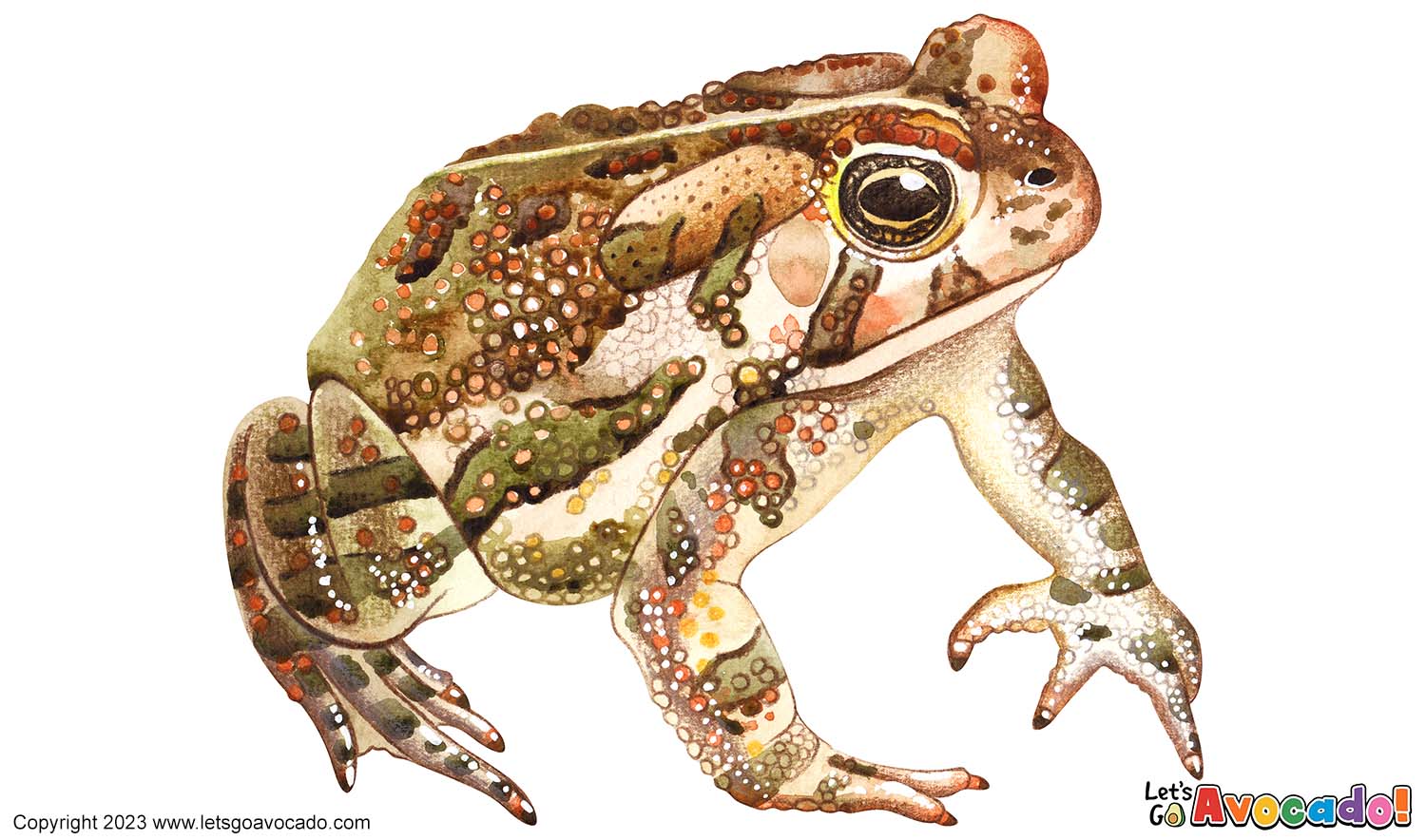

Fowler’s Toad
Eastern American Toad, Dwarf American Toad
Anaxyrus fowleri
This page may contain affiliate links.
Read our disclosure and privacy policy here.
Fowler’s Toad, scientifically known as Anaxyrus fowleri, is a captivating amphibian found in the eastern regions of North America, including parts of the United States and Canada. Named after Samuel Page Fowler, the biologist who first identified this species, Fowler’s Toad stands out with its rough, warty skin and distinct markings. With a range of colors from olive to brown, these toads blend perfectly into their surroundings, making them masters of camouflage. Known for their unique vocalizations, they produce a high-pitched trill during the breeding season to attract mates. Fowler’s Toads are adaptable and can thrive in diverse habitats such as grasslands, meadows, and wetlands.
Fowler’s Toad

There’s a lot to explore right where we are, in our own neighborhoods and backyards! Join us while we get off the couch and explore the everyday wonders of nature, science, space, engineering, art, and anything else we stumble upon during on our adventures.







